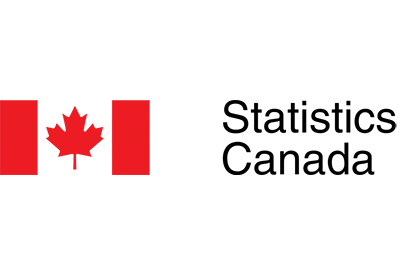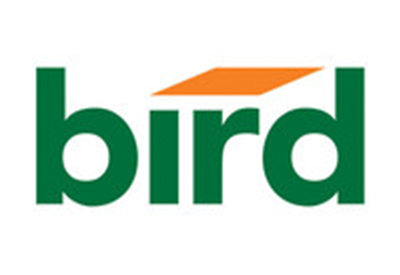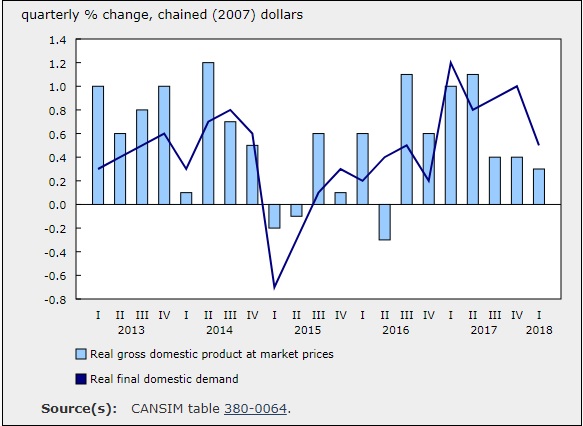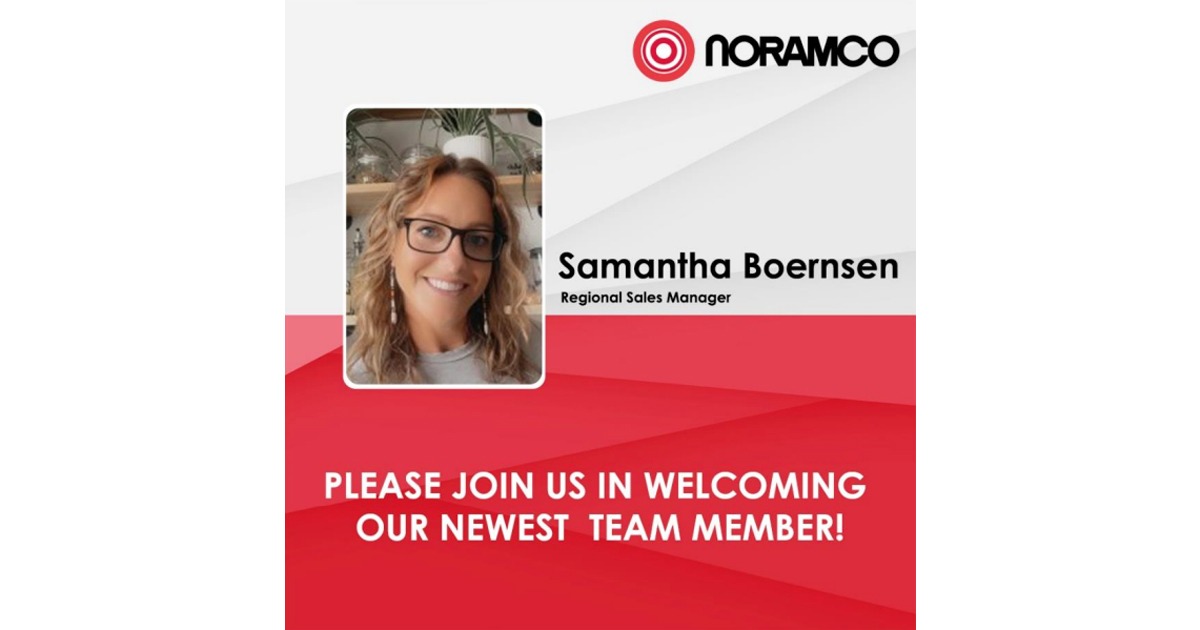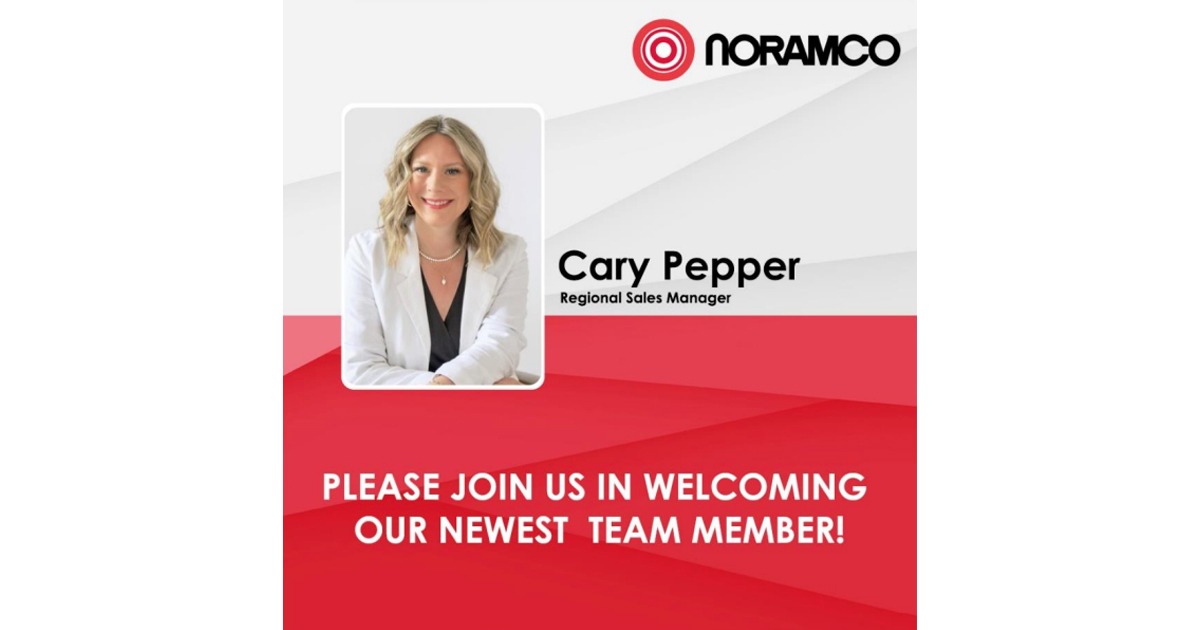Reps & Manufacturers … Syncing CRM to Share and Succeed
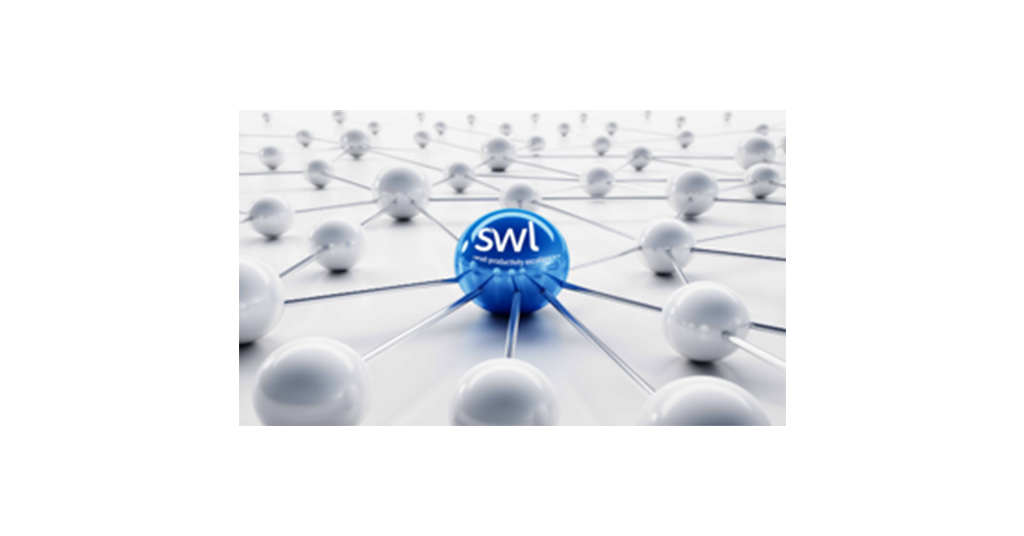
April 3, 2023
By David Gordon, President, Channel Marketing Group
At the recent NEMRA Annual Conference I was introduced to a potential service to the industry called mETaL that offers a cloud-based service that could “connect” disparate systems between reps and manufacturers. The goal is to improve communications and data sharing.
The mETal initiative is in its embryonic stage and would be system agnostic.
But the issue remains that, for CRM to be effective between reps and manufacturers,
- Adoption within rep agencies need to be improved.
- Information needs to be effectively shared.
- The insights generated need to be effectively acted upon … by both parties. (CRM should not be a micro-management tool any entity or sales manager.)
To generate adoption, and then encourage utilization, CRM needs to be efficient. It does no good if adds administrative work .. and costs. This frequently happens as rarely is there a one-to-one relationship between the number of rep salespeople and the number of CRM licenses granted by a manufacturer according to Kurt Nelson, Adoption Success Coach at RepFabric who is well known within the electrical rep community for pioneering CRM usage.
Kurt and I spoke about this issue at the NEMRA Annual Conference, and he offered to share his insights, and solutions.

Efficiency, Productivity and Performance from Syncing Data – More than Pays for Itself
“In a recent article, David brought up some very good reasons for manufacturer reps, manufacturers, and others to connect their systems to share data automatically. This article is an additional perspective, from a former manufacturers’ rep’s view, speaking to the tremendous potential gain in efficiency, productivity, and cost savings.
Most reps, with or without a CRM solution, do not generally receive licenses for all of their outside salespeople and inside specialists from their manufacturers with a CRM. In several instances, that cost could be as much as $1500 per salesperson a year. (Having a license for everyone is not a good thing either but for different reasons.) Because Rep firms are usually granted one license per firm, most rep firms provide a custom “cheat sheet” with all of the fields that are required to be filled in for a manufacturer and do this for every manufacturer with a CRM system.
When reps have between two to eight manufacturers requiring information sharing via a CRM system, that rep firm usually has a matching number of cheat sheets to be filled out for each manufacturer. These cheat sheets document new business opportunities or activities the salesperson has completed like training, a significant sales call, or responses to products they presented in the field.
In a typical week, this is a high number of sheets to be filled out.
If you consider that a salesperson makes at least 4 calls a day, and with a team of 5 salespeople, that could be as many as 400 sheets to add to a manufacturer’s CRM system. Now multiple this by 2. By eight!
This quantity creates the need for the firm to higher administrative people to load all those forms into the manufacturer’s systems. And remember, CRM is supposed to improve efficiency and productivity.
Imagine how difficult it is to find administrative people who are familiar with four to five different CRM systems. Based on the difficulty of adoption with a single system, it can be almost impossible to find this type of help. Repfabric conducted a study on the cost of an administrative person updating opportunities in various systems from the start of the opportunity until it was closed. Not only did the administrators have to sign in to the correct person or locate the opportunity in each system, many times the administrator had to reach out to the salespeople to clarify what was written or to reconcile the most recent comment with the previous comment.
The study showed that the cost of updating an opportunity on average was $150 for each opportunity. Using cheat sheets to update manufacturers’ CRM systems creates a culture of “filling in the blanks” with relatively flat information rather than capitalizing on using the tools of a CRM and gathering detailed information.
When Rep firms connect their CRM to their manufacturers with products like CRMSync from Repfabric CRM software, the firm can eliminate the cost of the additional administrative people required to update the various manufacturer CRM systems.
But the most important and beneficial reason to synchronize data from a CRM solution like Repfabric with CRMSync is the increased productivity for each salesperson.
When a Rep firm uses their own CRM, its salespeople can capitalize on all the features in the system to make them the best salespeople they can be. When they boot up the system in the morning, they are:
- reminded on how they are doing regarding sales vs quota
- they view the shape of their opportunity funnel, and are
- reminded on activity journals and other items they set for that day.
When a salesperson uses one system, they tend to become more proficient in the single system and come to rely upon it. They have the tools to manage increased amount of business. They can run sales reports if they have a meeting with a customer’s district office or can view the sales numbers by product group – even down to a specific part number on the mobile app on sales calls at distribution if they utilize the Repfabric Sales & Commission Module.
While CRM benefits many people in an organization, it is critical that everyone remembers that without the effective use of CRM by the salesperson, there are no benefits for all the other parties using information from the system.
With a system like Repfabric, its planning module can increase sales as much as 29%, our internal sales process provided (that can be modified) can increase sales by as much as 20 %, and freeing up salespeople to professionally sell versus filling out cheat sheets makes room for sales increases. Between the efficiencies and potential sales growth percentages, they provide sound financial reasons to make the necessary changes to sync systems.
That is why it is paramount that companies choose a single CRM to use, one that handles sales & commissions, and syncs to all their manufacturers. The more familiar a single CRM becomes for a salesperson, they tend to implement other features not used before and their journey in adopting CRM is followed by a trailer of increased sales, and new and satisfied customers.”


